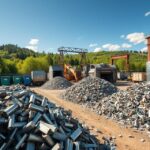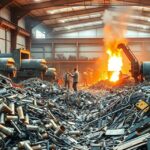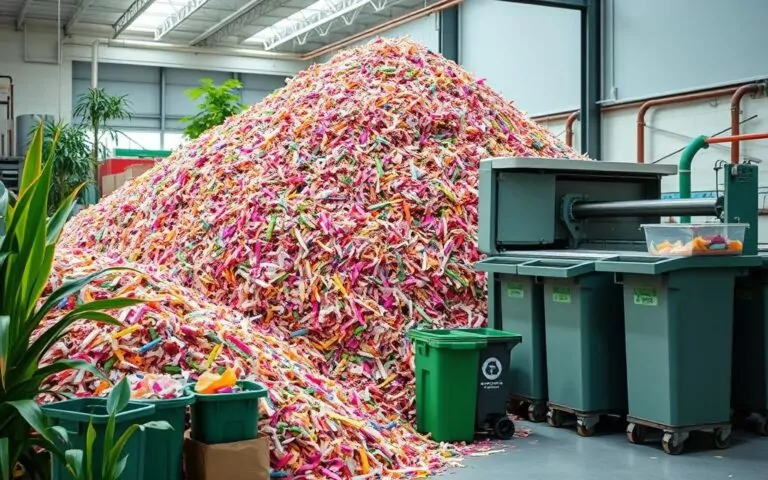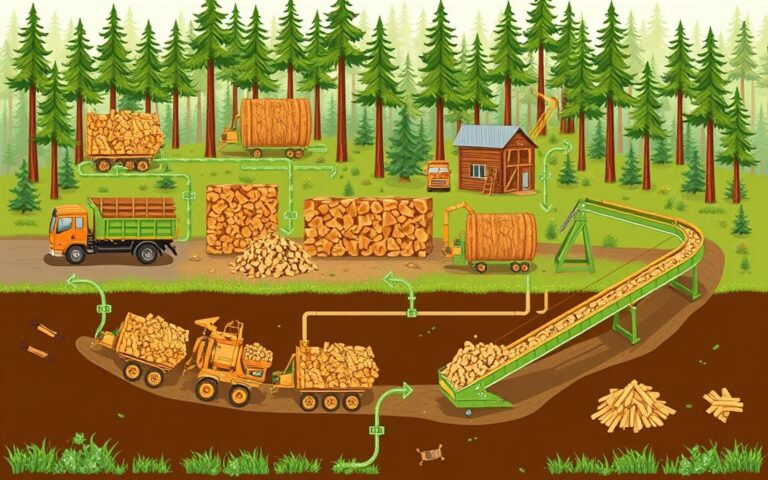Sustainable Metal Fabrication: How Smart Engineering Drives Circular Manufacturing
In today’s global market, sustainability is not just a corporate social responsibility buzzword — it’s a competitive advantage. Businesses across industries are rethinking their production methods to align with circular economy principles. One critical, and often underestimated, part of this transformation is metal fabrication.
From retail fixtures and industrial barriers to infrastructure elements and safety guards, metal components are found everywhere. But how they’re designed and produced can have a profound impact on a company’s environmental footprint.
The Role of Metal in a Circular Economy
Metals like steel and aluminum are inherently durable and endlessly recyclable. However, recycling alone isn’t enough to meet the goals of circular manufacturing. What truly matters is how we design, fabricate, and integrate metal components into broader product systems.
Design for Durability and Reuse
A sustainable metal product begins with a sustainable design. Companies that prioritize longevity, modularity, and reusability in their components are already ahead of the curve. This includes:
- Using standardized parts that are easy to replace or repair
- Minimizing material use without sacrificing structural strength
- Designing products that can be disassembled, relocated, or reconfigured
- Planning for corrosion resistance, wear reduction, and surface refinishing
Fabricators who support customers in the early design phase help ensure that each element serves a longer, more adaptable purpose.
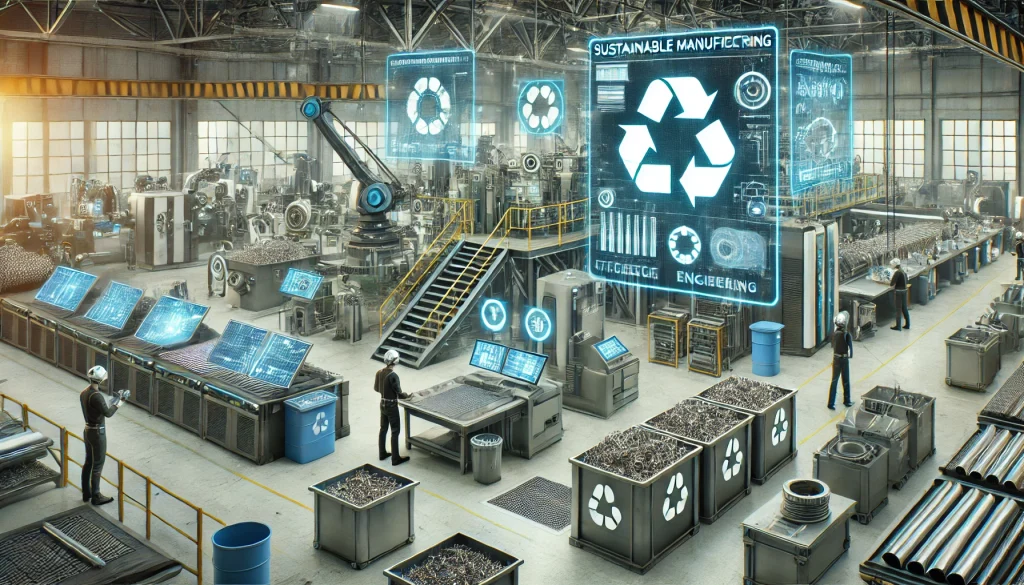
Efficient Production Minimizes Environmental Impact
Modern metalworking plants are no longer just about bending, cutting, and welding. They are smart manufacturing hubs equipped with CNC laser cutters, automated press brakes, and robotic welders — all contributing to less waste and higher efficiency.
By reducing offcuts, recycling internal scrap, and using in-house powder coating systems (which produce fewer volatile emissions than wet paint), companies like Elektron significantly lower their production footprint.
Additionally, logistics plays a key role. Producing components locally — or within a regional supplier network — cuts down on transportation emissions and shortens lead times, which is a bonus for both sustainability and supply chain resilience.
Lifecycle Thinking in B2B Procurement
In a circular economy, companies don’t just buy components — they invest in lifecycle performance. This means choosing partners who can:
- Provide material certifications and traceability
- Guarantee consistent quality across large batches
- Customize solutions for long-term integration
- Offer support for future upgrades or product changes
For example, a warehouse installing rack guards and safety barriers will benefit more from a modular, galvanized system with standardized anchors than from bespoke, non-interchangeable units that can’t be reused or relocated.
Manufacturers like https://webelektron.com/ specialize in such scalable solutions — tailored to industrial environments, but flexible for change and expansion.
The Hidden Cost of Unsustainable Fabrication
Cutting corners in fabrication may save money in the short term, but it can lead to expensive consequences:
- Premature corrosion leads to earlier replacements
- Incompatibility with future expansions causes waste
- Subcontractors without quality systems may deliver inconsistent results
- High transport distances add to both emissions and costs
Instead, forward-looking companies are now choosing trusted partners with strong quality control, certified welding practices, and documented process standards.
Choosing the Right Metalworking Partner
Sustainable fabrication is no longer a niche — it’s the new normal. Whether you’re building retail infrastructure, safety barriers, or industrial frames, your metal supplier plays a vital role in your environmental impact and long-term ROI.
That’s why businesses across Europe work with Elektron — a metalworking partner that combines automation, environmental awareness, and scalable production capabilities.
Final Thoughts
Sustainability in metal fabrication doesn’t require compromise. With the right engineering mindset and production partner, companies can meet quality, durability, and environmental standards — all at once.
And in a world moving toward more responsible consumption, that’s a strategic decision worth making.


